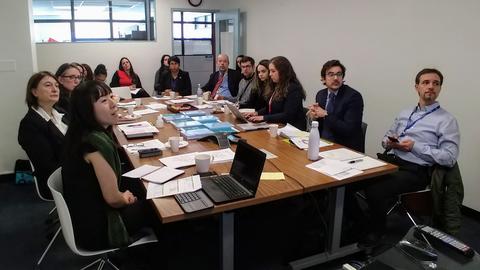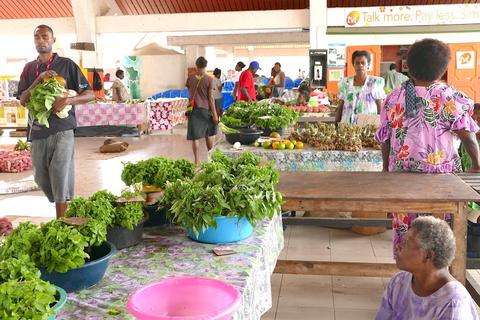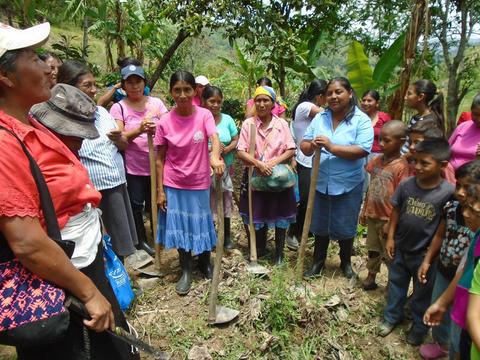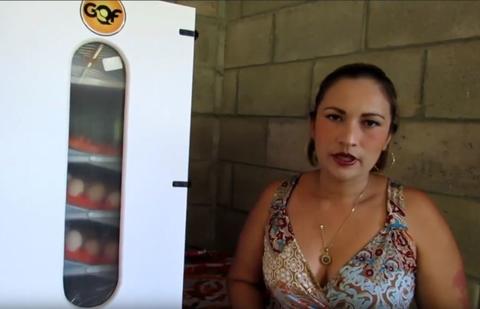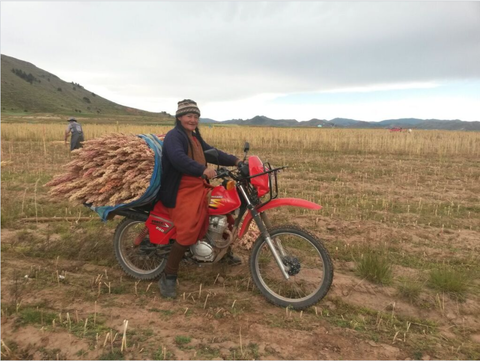April 15, 2015
The SDG Fund: Linking the MDGs and the SDG Agenda
By Gina Casar, Under-Secretary-General and Associate Administrator of UNDP
The Sustainable Development Goals (SDG) Fund is the first cooperation mechanism aimed specifically at achieving the goals world leaders are expected to put at the heart of the post-2015 sustainable development agenda this September.
UNDP established the SDG Fund in 2014, on behalf of the UN system, thanks to an initial contribution by the Government of Spain. The SDG Fund builds on the good work of the MDG Fund, also initiated and supported by Spain to accelerate MDG progress. Like the MDG Fund, the SDG Fund is designed to bring UN, civil society, government, and private sector actors together in order to find multidimensional solutions to local challenges. The SDG Fund is especially innovative in that it brings together partners through matching fund contributions. More than 50 percent of the programmatic resources come from national governments, international donors, businesses, and the UN agencies themselves. This approach ensures long-term sustainability of the programmes and strengthens their impact.
As the world approaches the target date at the end of this year for achieving the MDGs, the SDG Fund aims to help countries bridge the gap between the MDGs and the broader, potentially more transformational SDG agenda. To this end, the Fund supports initiatives that build on and strengthen the capacities of developing countries to deliver on the SDGs’ promises to finish the unfinished business of the MDGs, eradicate poverty in all its dimensions, and achieve sustainable development which leaves no one behind.
The SDG Fund is already supporting joint programmes in 18 countries aimed at poverty eradication, food security, nutrition, improved water, and sanitation. The Fund seeks to advance gender equality, women’s empowerment, public-private partnerships, and environmental sustainability through these aspects and its future work.
Feedback from these early efforts and lessons learned from the MDG Fund suggest the SDG Fund’s importance stems from at least three features:
- The Fund’s clear and inclusive governance structure and track record of attracting partners with matching contributions. The SDG Fund’s governance structure includes national and local governments, UN agencies, and other national development partners.This structure enables the SDG Fund to tap the diverse expertise and experiences of development actors, while firmly establishing national and local ownership and promoting mutual accountability. Through its example, the SDG Fund can help local and national actors learn how to work effectively through broad partnerships to bring the contributions of all development actors to bear and advance shared goals. The SDGs will not be met without such common understandings and trust built through practice – from the bottom up.
- New ways of seeking to include the private sector within its programming. The result could help SDG Fund programmes have impact on a larger scale and help clear the way for countries to work increasingly through appropriate and effectively designed public private partnerships. Learning through such partnerships to more fully and effectively leverage the transformational power of the private sector is essential for the success of the SDGs everywhere.
- The multidimensional nature of its programming. By working through multiple specialized UN agencies with close ties to many different sectorial authorities, the SDG Fund helps governments work together, across the ‘silos’ normally dividing Ministries and disciplines.
This is important because it helps countries identify the synergies that enable them to tackle intractable and interlinked development challenges from multiple fronts simultaneously. For example, education affects people’s job prospects, political participation, health, and empowerment.
Around 1.5 billion people endure deprivations in health, education, and income. Many face compounding disadvantages, including discrimination and exclusion, which prevent them from gaining the opportunities they need to get ahead.
Achieving the SDGs means eradicating by 2030 the poverty that is built on multiple and overlapping deprivations, thus improving the prospects of all people and protecting the planet on which we all depend. To achieve this, we cannot afford a delay. Transformative, far-sighted, and coordinated action across individual sectors, agencies, and mandates is needed now. I am pleased the SDG Fund has begun its work to this end, and look forward to working with my colleagues at the Fund and in UNDP, to help it blaze the way forward.

